Key Takeaways:
1. Exercise can help to improve overactive bladder (OAB) symptoms, such as urgency and frequency of urination, involuntary leakage, and nocturia.
2. Low-impact aerobic exercise, strength training, and pelvic floor exercises can all be beneficial for people with OAB.
3. Before beginning a new exercise routine, it is important to speak with a doctor or specialist to determine the best type of exercises for the individual.
 Exercise is essential to maintaining good physical and mental health. Regular physical activity can reduce the risk of heart disease, diabetes, stroke, and mental health problems. Exercise can also improve bowel and bladder health, but this is not always the case. Overactive bladder (OAB) is a condition that causes the bladder to suddenly fill with urine, leading to urgency and leakage, which can make physical activity challenging or uncomfortable. This article will discuss the symptoms and effects of overactive bladder and explore how exercise can help or hurt this condition.
Exercise is essential to maintaining good physical and mental health. Regular physical activity can reduce the risk of heart disease, diabetes, stroke, and mental health problems. Exercise can also improve bowel and bladder health, but this is not always the case. Overactive bladder (OAB) is a condition that causes the bladder to suddenly fill with urine, leading to urgency and leakage, which can make physical activity challenging or uncomfortable. This article will discuss the symptoms and effects of overactive bladder and explore how exercise can help or hurt this condition.
Introduction
Overactive bladder is a condition that affects both men and women, but is more common in women, especially those over the age of 40. It is defined as urinary urgency and can include the involuntary leakage of urine. Often accompanied by an urge to urinate more often than normal and nighttime urination, OAB can cause disruption to one’s daily life. Despite its prevalence, OAB often goes undiagnosed; many people don’t recognize the signs and symptoms or don’t get the appropriate treatment.
Overview of Benefits of Regular Exercise
Exercise is important for so many different reasons, both physical and emotional, and it has a myriad of health benefits. Consistent and regular physical activity can lower your risk of heart disease, stroke, mental health problems, type 2 diabetes, and some forms of cancer. Additionally, exercise can help with control of bladder pressure and manage complications from OAB. Exercises that focus on the core and hip muscles, such as abdominal crunches, squats, and Pilates, can strengthen the pelvic floor muscles, help reduce incontinence episodes, and improve bladder control.
Symptoms of Overactive Bladder
The signs and symptoms of OAB vary from person to person. Some people may experience incomplete bladder emptying, frequent urination, urgency, or nighttime awakenings due to urges and leakage. Urinary incontinence is one of the most common signs of OAB, and is defined as any involuntary leakage of urine when one is not ready or able to control or prevent it. This can occur in a variety of forms, ranging from urge incontinence (leaking with the sudden urge to urinate) to fecal incontinence (leaking of stool). Urgency is another symptom of OAB, as it is a sudden and strong urge to urinate, often without warning or a sense of control. Nocturia (excessive night-time urination) is also common in people with OAB and can disrupt one’s sleep.
Types of Exercise to Help Overactive Bladder
There are many types of exercise that can help with OAB symptoms. Low-impact aerobic exercises such as swimming, walking, and cycling are beneficial for many reasons. They are low impact so they cause less stress on the joints and muscles, but still provide a good cardiovascular workout that strengthens and tones the entire body. Strength training is also important, as it helps to build strong muscles and can improve posture, balance, and core strength. Finally, there are pelvic floor (Kegel) exercises, which are specialized exercises designed to help strengthen the muscles of the pelvic floor, which can aid in improving urinary control.
Exercise Challenges Related to Overactive Bladder
Finding the right kind of physical activity can be challenging for some people with OAB. Traditional forms of exercise such as running, jumping, and high-impact aerobic activities can exacerbate OAB symptoms or make them worse. Additionally, the fear of leakage can make it difficult for individuals to feel comfortable engaging in physical activities. Finally, OAB can cause painful symptoms that can make physical activity more difficult or even unbearable.
Conclusion
Exercise is an important part of a healthy lifestyle, and it can be beneficial for people with overactive bladder. Low-impact aerobic exercise, strength training, and pelvic floor exercises can all help improve OAB symptoms such as urinary incontinence, urgency and frequency, and nocturia. However, finding the right kind of exercise can be challenging, and dealing with the fear of leakage or painful symptoms can make exercise even more difficult. It is important to find an exercise routine that works best for the individual.
Summary of Benefits of Exercise for Overactive Bladder
Regular physical activity can provide many health benefits, and it can be a great way to manage the symptoms of overactive bladder. Low-impact aerobic exercises, strength training, and pelvic floor exercises can all be beneficial for people with OAB. However, finding the right exercise routine may be challenging and dealing with the fears and painful symptoms can be difficult. It is important to speak with a doctor or specialist to determine the best type of exercise for each individual’s situation.
Closing Thoughts
Exercise can be a great way to manage and improve the symptoms of overactive bladder. However, it is important to speak with a doctor and/or specialist before beginning a new exercise program to ensure it is appropriate for your condition. If you live in the St. Petersburg area and are looking for help managing OAB symptoms through specialized exercises, St Pete Urology specializes in helping people with OAB find the right kind of exercise routine to improve their health.
References:
- “Focus on Fitness: Exercising With Bladder Problems – Today’s Dietitian.” https://www.todaysdietitian.com/newarchives/1118p56.shtml.
- “Urinary Incontinence: 4 Exercises For An Overactive Bladder.” 10 Sep. 2021, https://mytexashealthcareobgyn.com/well-woman-care/urinary-incontinence-4-exercises-for-an-overactive-bladder/.
- “What Is Overactive Bladder (OAB)?.” https://nafc.org/overactive-bladder/.



 Overactive bladder is a condition that affects many people, and the effects can be very uncomfortable. It is important to understand potential dietary causes for your OAB and learn about foods that you can eat to help improve your bladder health. In this article, we will discuss what an overactive bladder is, potential causes, diet tips, and foods to avoid to improve your bladder health.
Overactive bladder is a condition that affects many people, and the effects can be very uncomfortable. It is important to understand potential dietary causes for your OAB and learn about foods that you can eat to help improve your bladder health. In this article, we will discuss what an overactive bladder is, potential causes, diet tips, and foods to avoid to improve your bladder health.
 Overactive bladder
Overactive bladder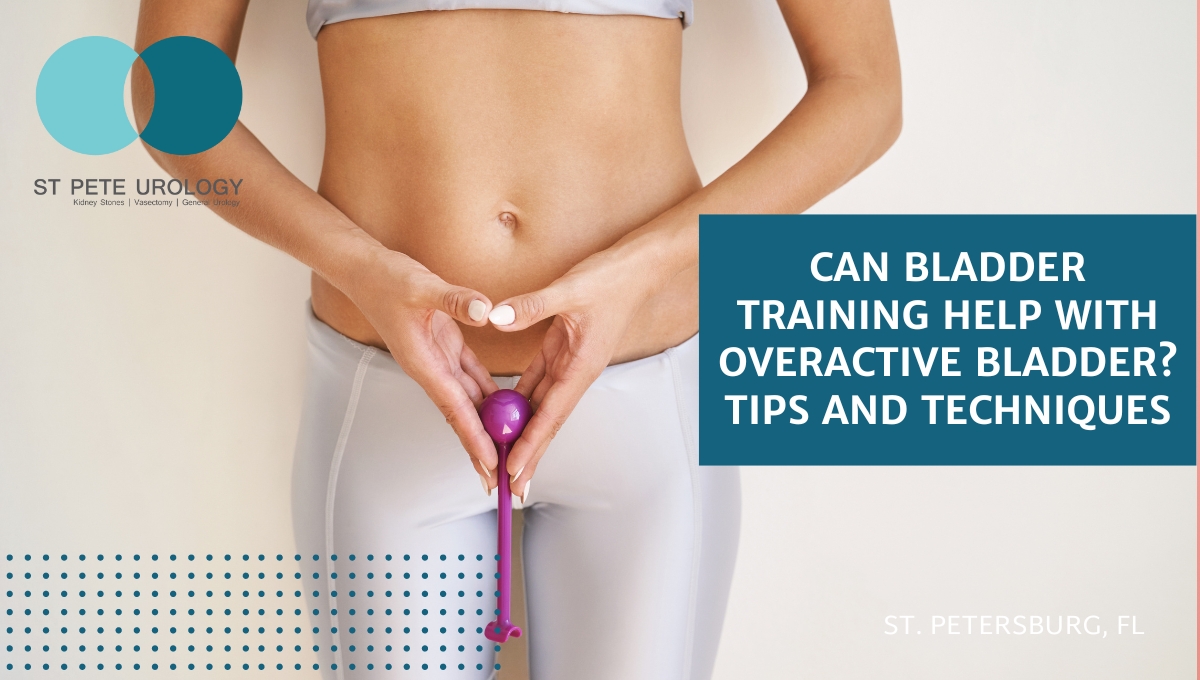


 Many people experience occasional bladder irritation, but for some, symptoms are often more frequent and bothersome. An
Many people experience occasional bladder irritation, but for some, symptoms are often more frequent and bothersome. An 
 Overactive bladder
Overactive bladder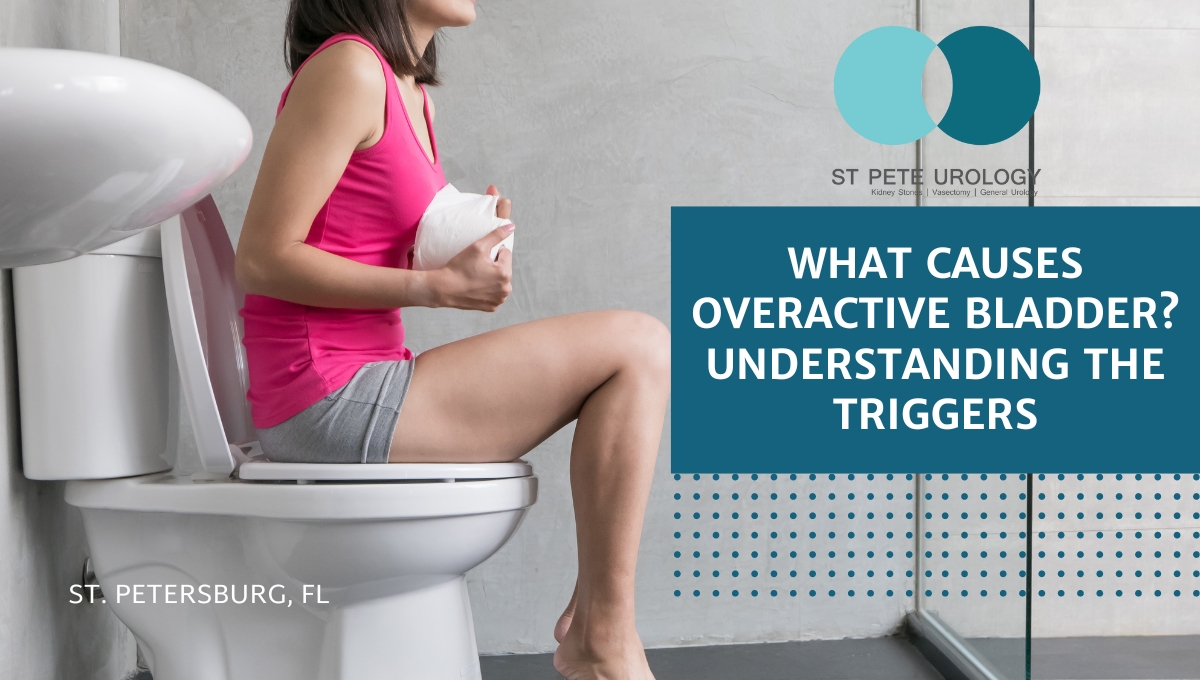
 For anyone suffering from the frequent, sudden, and uncontrollable need to urinate, what causes
For anyone suffering from the frequent, sudden, and uncontrollable need to urinate, what causes 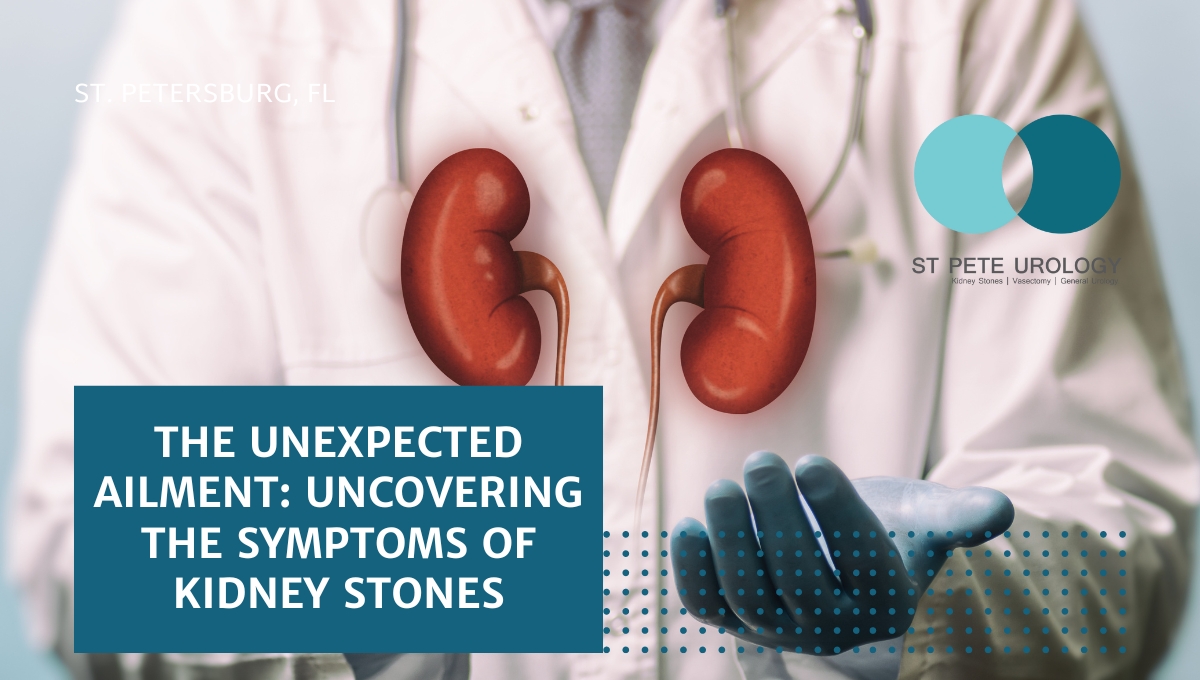
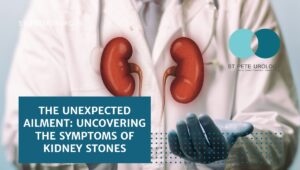 Kidney stones are a common and painful ailment that develop in the kidneys in varying sizes. You may be surprised to learn that the condition isn’t limited to adults and can affect children as well. The causes for
Kidney stones are a common and painful ailment that develop in the kidneys in varying sizes. You may be surprised to learn that the condition isn’t limited to adults and can affect children as well. The causes for 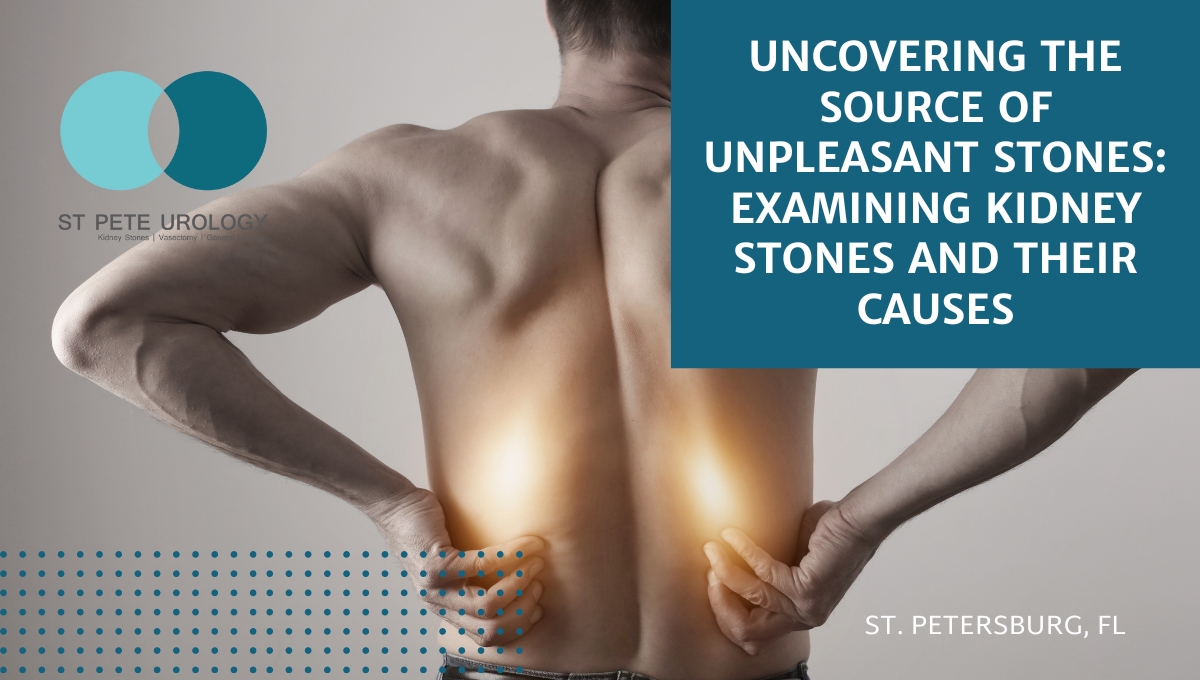
 Kidney stones are a common condition that can cause severe pain. They differ in size, shape, and composition and can develop in one or both kidneys. In some cases, they are so small they pass unnoticed with no attendant symptoms. In other cases, the stones are larger, and the symptoms can be quite severe. Identifying the source of the stones can lead to better treatments and even prevention for many individuals. Knowing the
Kidney stones are a common condition that can cause severe pain. They differ in size, shape, and composition and can develop in one or both kidneys. In some cases, they are so small they pass unnoticed with no attendant symptoms. In other cases, the stones are larger, and the symptoms can be quite severe. Identifying the source of the stones can lead to better treatments and even prevention for many individuals. Knowing the 
 Vasectomies have become an increasingly popular form of permanent contraception for couples who have decided not to have children. But along with this growing popularity comes the question of how much does a vasectomy cost? In this article, we will address the procedure, cost factors, advantages and disadvantages, and more.
Vasectomies have become an increasingly popular form of permanent contraception for couples who have decided not to have children. But along with this growing popularity comes the question of how much does a vasectomy cost? In this article, we will address the procedure, cost factors, advantages and disadvantages, and more.